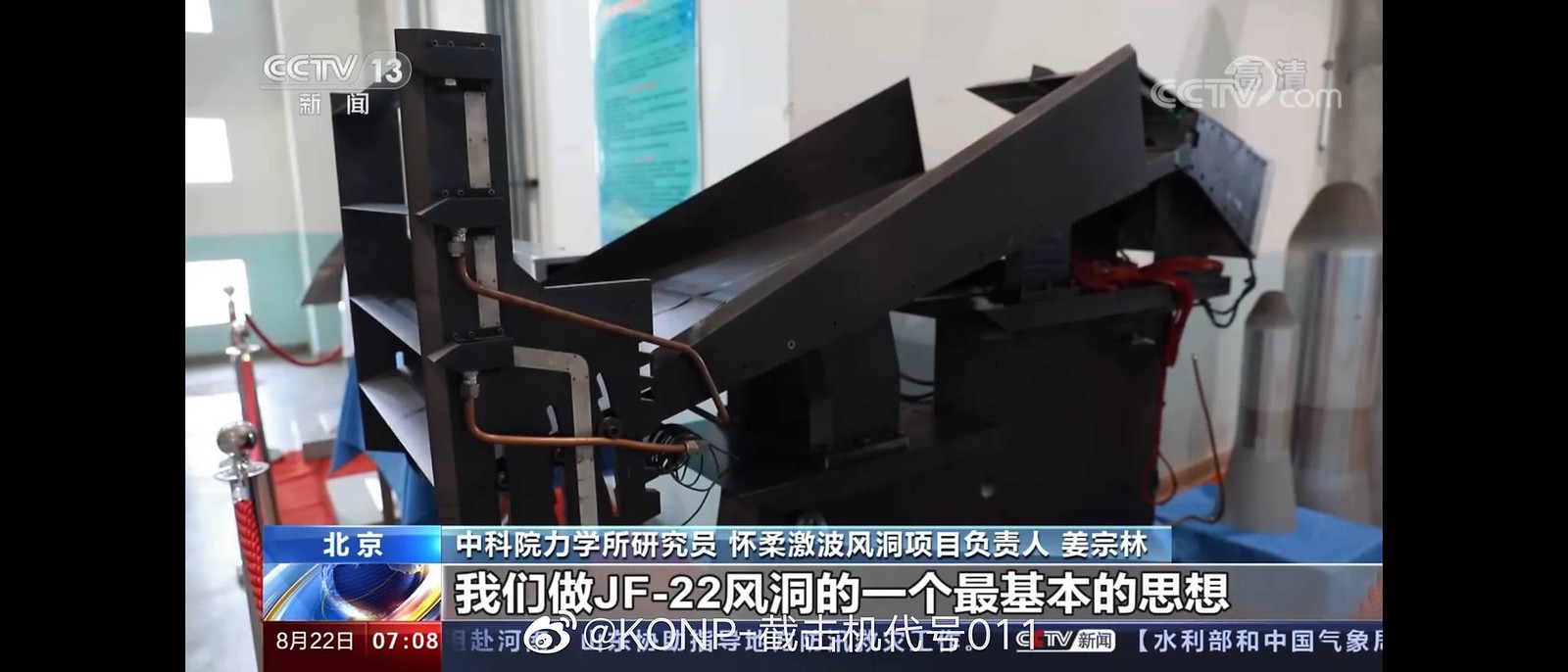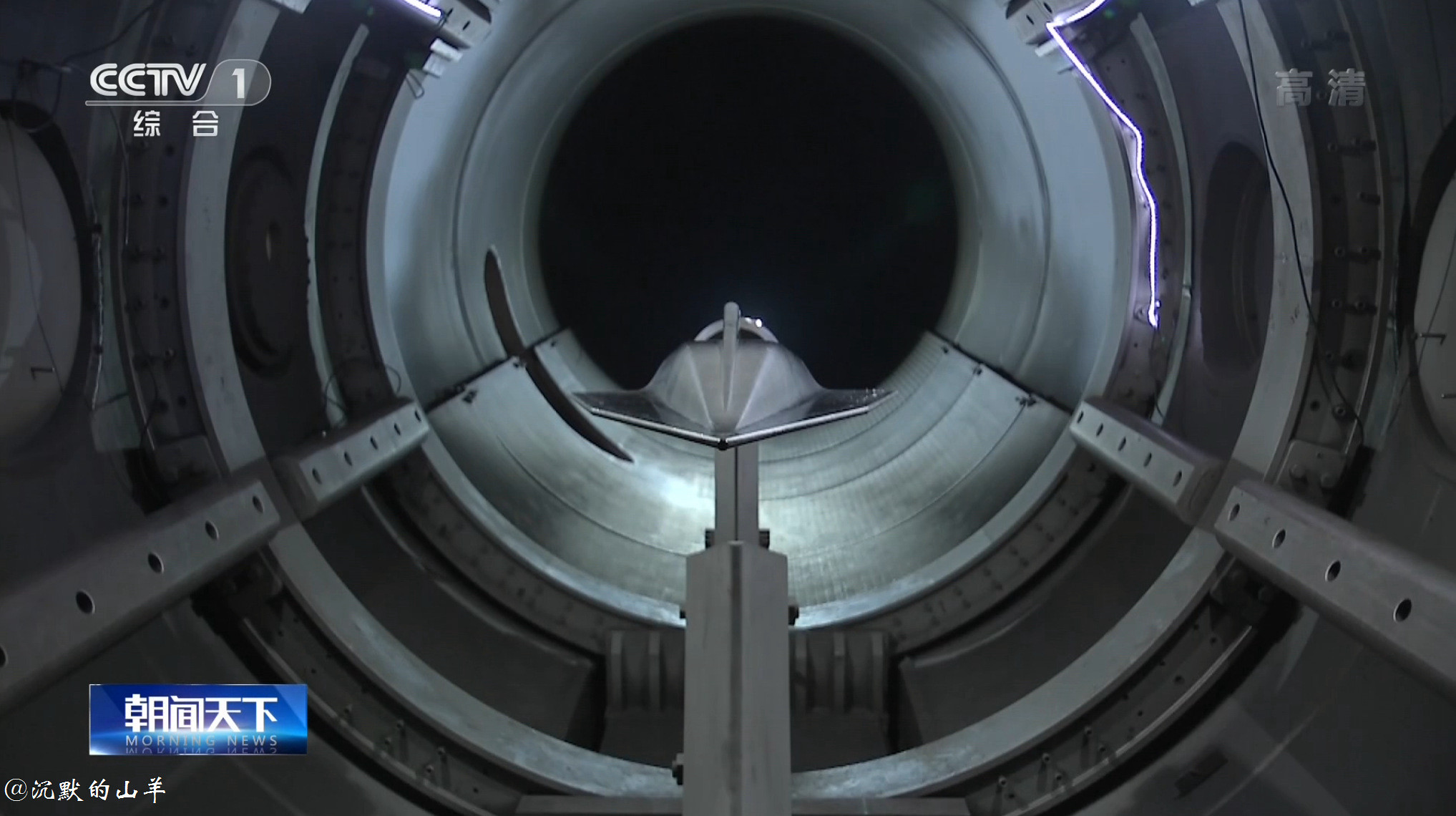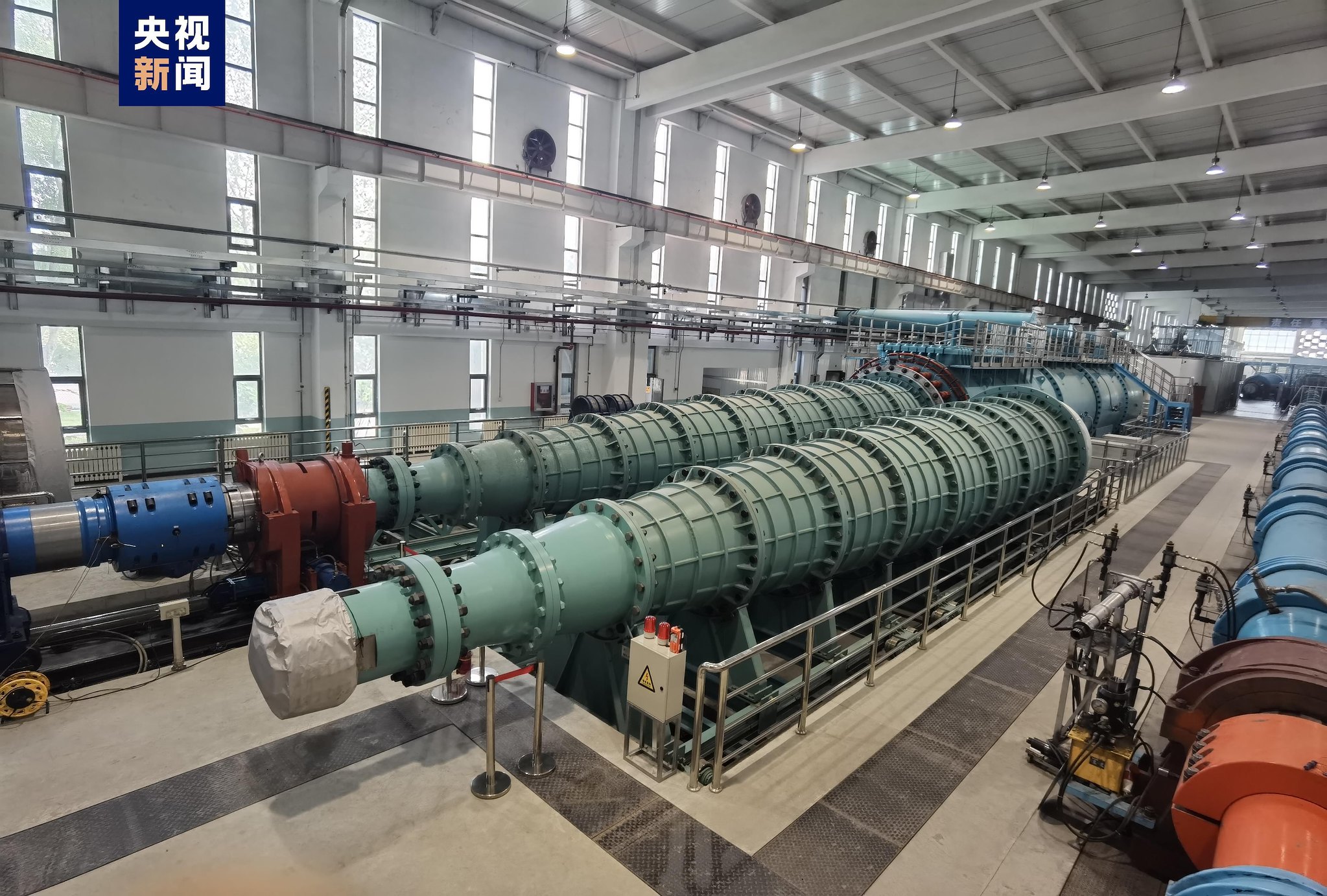You are using an out of date browser. It may not display this or other websites correctly.
You should upgrade or use an alternative browser.
You should upgrade or use an alternative browser.
Chinese Hypersonic Developments (HGVs/HCMs)
- Thread starter A.Man
- Start date
Private internet satellite company joins China’s hypersonic race
- Researchers test feasibility of providing stable broadband connection to drones and aircraft travelling faster than sound
- Six GalaxySpace satellites remained in continuous communication with each other and a fast-moving terminal during early test, they said
A Beijing-based private company plans to provide an internet satellite service for China’s programme, using technology which it says has passed a promising milestone.
, which develops satellite communication technologies and services, is one of several privately owned companies to emerge as major players in China’s rapidly developing industry.
Some space experts said it is “somewhat unusual” for a private business to take part in China’s hypersonic programme, more typically associated with military applications. Others described the move as an important step forward, highlighting the potential for private sector innovation to advance the country’s space capabilities.
Details of an early experiment in low earth orbit (LOE) to test the technology’s feasibility were published last month by the Chinese peer-reviewed journal Space-Integrated-Ground Information Networks.
The researchers, led by the company’s chief scientist Zhang Shijie, said they achieved continuous communication between six GalaxySpace satellites and a fast-moving terminal for about 25 minutes with no interruption in bidirectional data transmission.
The results suggest the technology has the potential “to provide reliable communication services for high mobility aerospace craft in long-range and high dynamic environments, including hypersonic drones or spacecraft travelling at high speeds”.
Zhang and his colleagues said the new technology was designed to address the challenges of maintaining stable connections with highly mobile, fast-moving spacecraft.
Traditional satellite communication systems may struggle to maintain stable connections under these conditions, but the GalaxySpace innovation appears capable of maintaining a stable connection, even during satellite switching, they said.
The results suggest the technology could potentially be used to provide broadband internet service to hypersonic drones or aircraft travelling at up to Mach 25, although further testing and development will be needed to confirm this, the researchers said.
China’s hypersonic flight programme aims to develop advanced hypersonic drones or aircraft capable of travel speeds up to Mach 5 or higher. Reliable communication services are essential, to safely control and operate these high-speed craft.
China’s encouragement of private sector involvement in its aerospace programmes is part of a broader effort to promote innovation and economic growth, but the GalaxySpace research is an unusual step forward.
This is because China’s hypersonic programme is largely a military affair, with applications ranging from reconnaissance and surveillance to strike missions.
“It is possible that the company’s expertise in satellite communication technologies could be useful for supporting hypersonic flight operations or other related activities,” said a Beijing-based researcher who asked not to be named because of the issue’s sensitivity.
The company did not respond to a request for comment.
High-speed challenges
Zhang and his team said the main challenge to establishing and maintaining an internet connection with a hypersonic craft is the combination of its speed and course, which can be unpredictable.The researchers had to consider the Doppler effect – the phenomenon that makes the frequency of the transmitted signal appear to the receiver to shift, because of the relative motion between it and the transmitter.
The effect can cause problems for communication systems because of its potential impact on timing and synchronisation between transmitter and receiver.
Another important factor in providing communication services to a fast-moving object is the frequency change rate, or how quickly a signal’s frequency changes over time – a particularly challenging calculation at hypersonic speeds.
The frequency of signals will also be highly volatile when transmitted from an aircraft that is rapidly changing its position and velocity, making it difficult to maintain a stable connection, the researchers said.
Both of these factors can introduce errors into the transmission process which, if left uncorrected, could lead to data loss or corruption and affect both speed and quality of service, they said.
The team said specialised communication technologies may be required, designed to compensate for these twin challenges in real time, including advanced modulation schemes, error correction codes, and adaptive filtering algorithms specifically designed for high-speed environments.
The researchers also need to overcome the heat, vibration and electromagnetic interference that can jam communications during hypersonic flight.
Early days
The GalaxySpace test established communication between six of its internet satellites and an unnamed satellite simulating the flight of a hypersonic drone, the researchers said.While the results do not directly prove the feasibility of providing broadband internet service to hypersonic drones or aircraft, they do show the underlying technology is capable of achieving high-speed, stable connections between LOE satellites and other communication systems, they said.
Additional testing and development will be needed to confirm whether similar connections could be established with hypersonic vehicles in flight, according to the study.
The researchers said they are developing communication terminals to attach directly to hypersonic drones and plan more test flights to further verify the technology.
Its a Stephen Chen article. Be glad that we are even getting the name of the journal and the month it was published
Can anyone find the title of the paper mentioned in this article?
A paper detailing the war game was published in May by the Chinese-language Journal of Test and Measurement Technology
A little update. I have found the article in question. It is a simulation of a Chinese strike against a US Carrier Strike Group. Targets include 1 Ticonderoga-class cruiser, 4 Flight IIA Arleigh Burke-class destroyers. 2 types of Hypersonic missiles were used in conjunction with one another to maximize the chance of destroying the targets. Ultimately, a single salvo attack is likely sufficient to sink the CVN and the CG. However, 1-2 DDGs may survive due to extensive ECM measures.
EDIT: The name of the paper is 基于墨子系统地对舰打击策略设计与分析
EDIT: The name of the paper is 基于墨子系统地对舰打击策略设计与分析
Attachments
by78
General
According to the , this is a device used for testing standing oblique detonation ramjet (驻定式斜爆轰冲压发动机试验装置). The caption indicates it's used in the JF-22 hypersonic wind tunnel.

The JF-22 hypersonic wind tunnel has passed the acceptance test. The JF-22 can simulate altitudes of 40 to 100 kilometers. The max flow speed is 10km/sec, equivalent to 30 times the speed of sound. It's a crucial piece of infrastructure for China's missile and space programs as well as for developing hypersonic vehicles.
2023年5月30日,国家自然科学基金委员会在力学所怀柔园区组织召开了国家重大科研仪器研制项目“爆轰驱动超高速高焓激波风洞”(JF-22超高速风洞)的结题验收会议。
验收专家组审定项目团队按期、全面完成项目建设内容和研究目标,一致同意通过验收,并评价该风洞在有效实验时间、总温、总压和喷管流场尺寸等综合性能指标方面处于【国际领先水平】!!
JF-22超高速风洞项目是由国家自然科学基金委员会支持,中国科学院力学研究所承担的国家重大科研仪器研制项目,于2018年正式启动,研制周期为5年,项目负责人为姜宗林研究员。姜宗林提出激波反射型正向爆轰驱动方法,把“不能用”的爆轰波头变为“可用”和“好用”,带领团队构建了超高速激波风洞技术体系,成功研制出JF-22超高速风洞。
该风洞是高超声速和超高速领域的一座超大型实验仪器,总长167m,喷管出口2.5m,实验舱直径4m,实验气流速度范围3-10km/s,能够揭示由分子解离主导的复杂介质超高速流动规律,可有力支撑我国天地往返运输系统和超高速飞行器研发,对于推动气动学科发展、提升我国宇航高技术研发能力具有重大意义。JF-22超高速风洞与JF-12复现风洞共同构成唯一覆盖临近空间飞行器全部飞行走廊的地面实验平台。
据悉,JF-22风洞可复现40~100km高空、速度约30倍声速的飞行条件。姜宗林说:“JF-22风洞的目标是助力天地往返系统,若成功可把卫星和航天器发射费用减掉90%。”




by78
General
The JF-22 hypersonic wind tunnel has passed the acceptance test. The JF-22 can simulate altitudes of 40 to 100 kilometers. The max flow speed is 10km/sec, equivalent to 30 times the speed of sound. It's a crucial piece of infrastructure for China's missile and space programs as well as for developing hypersonic vehicles.


Two high-resolution images of the JF-22 hypersonic wind tunnel.



